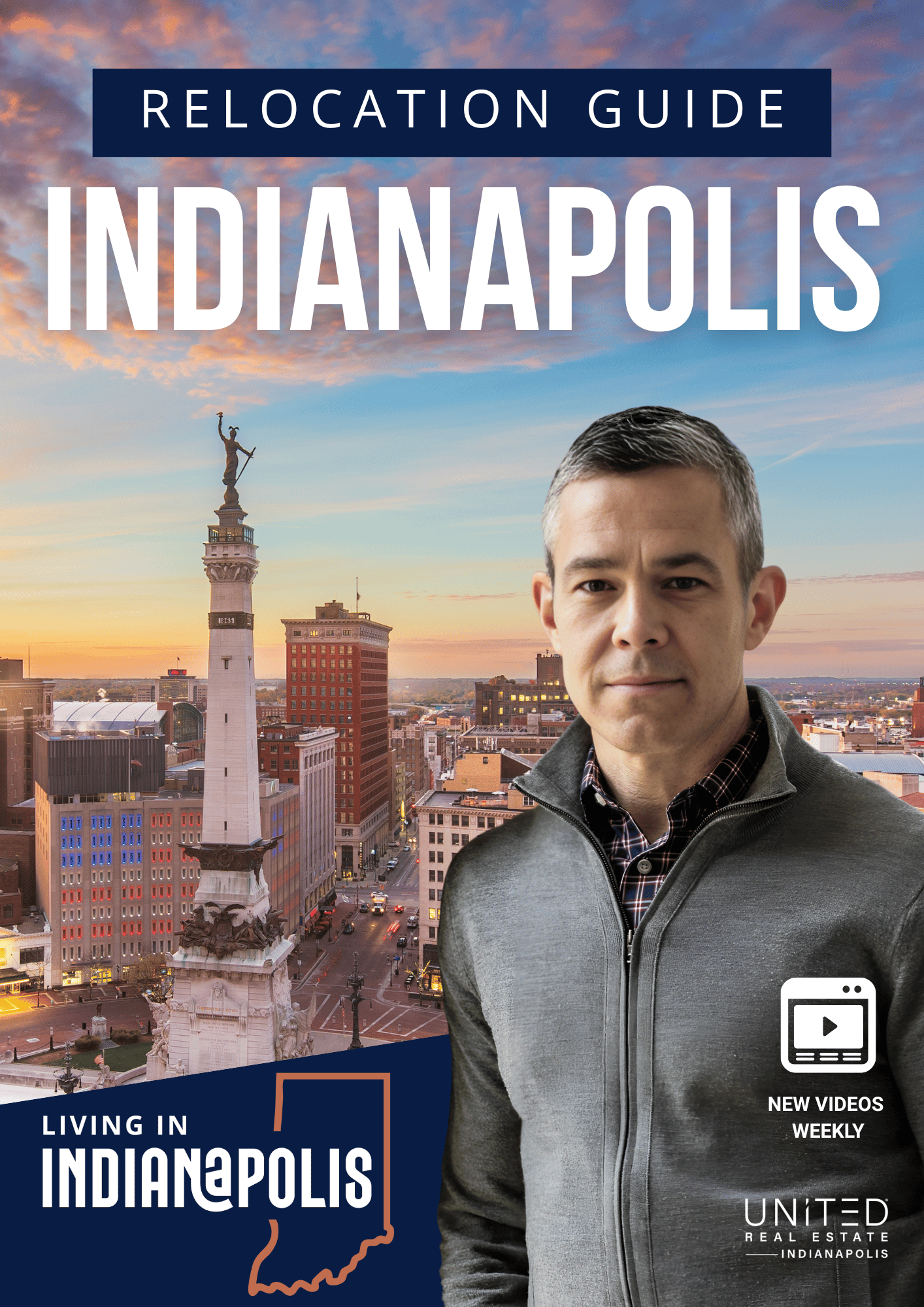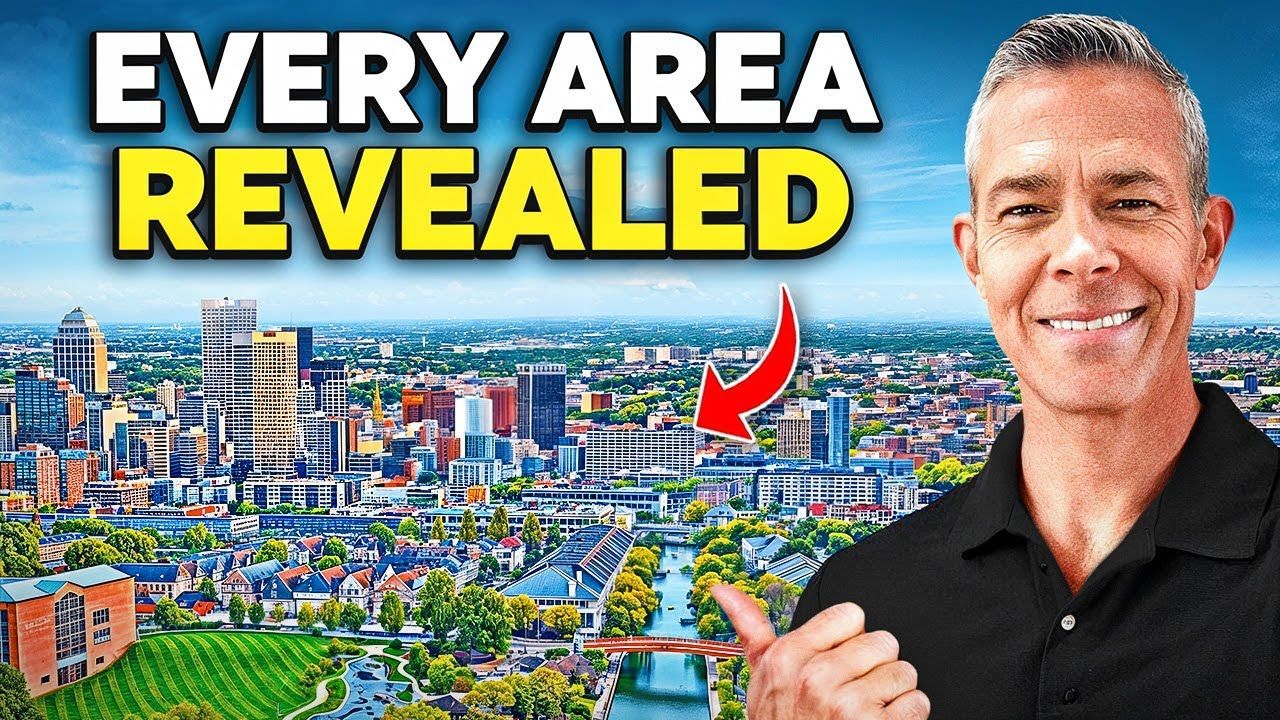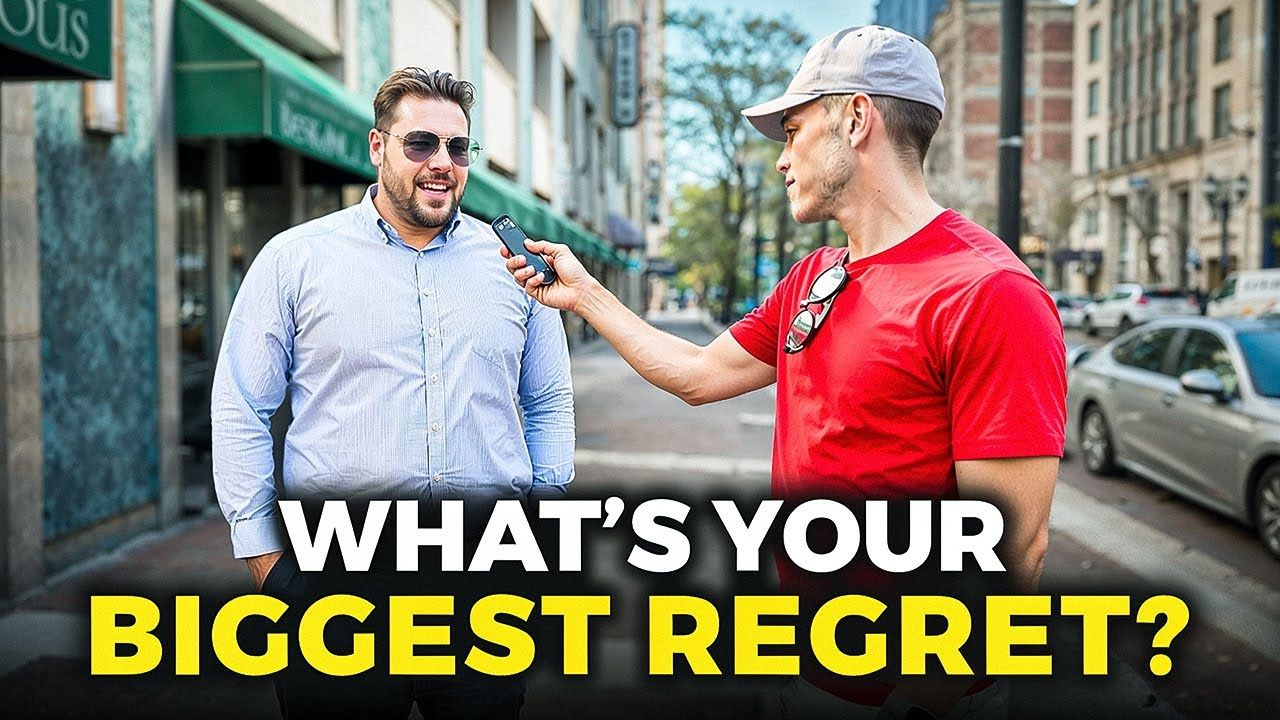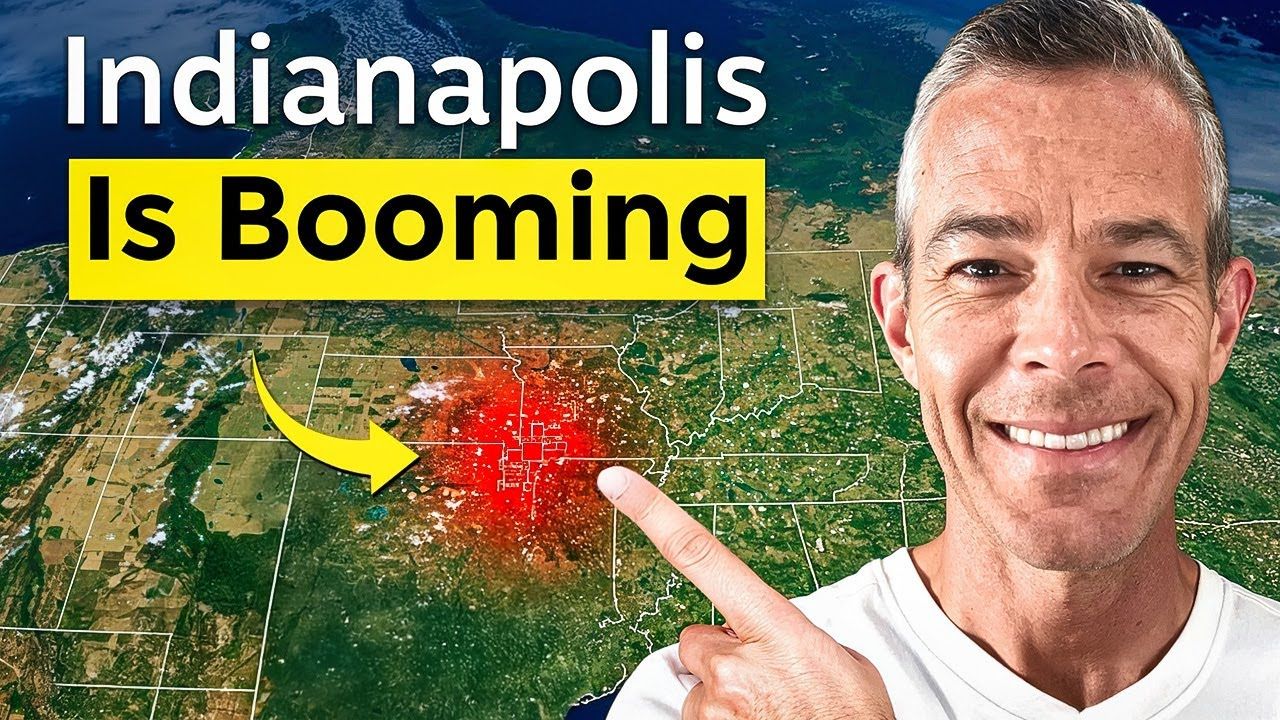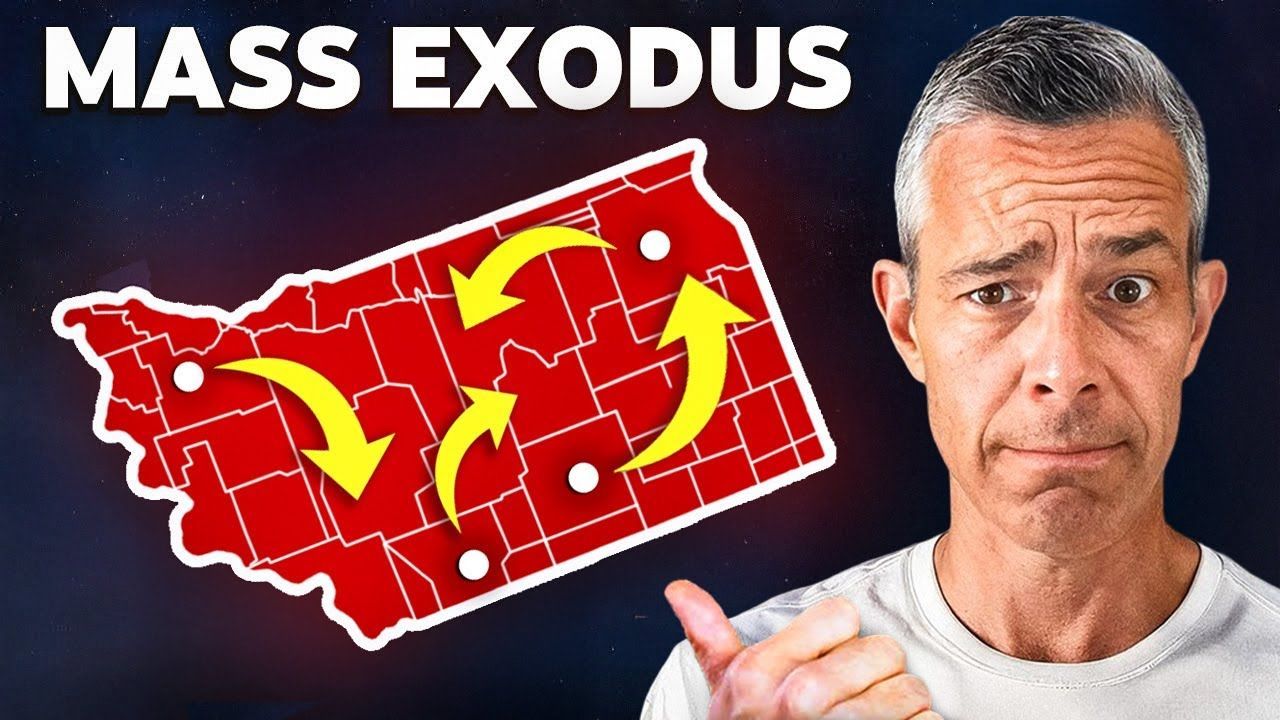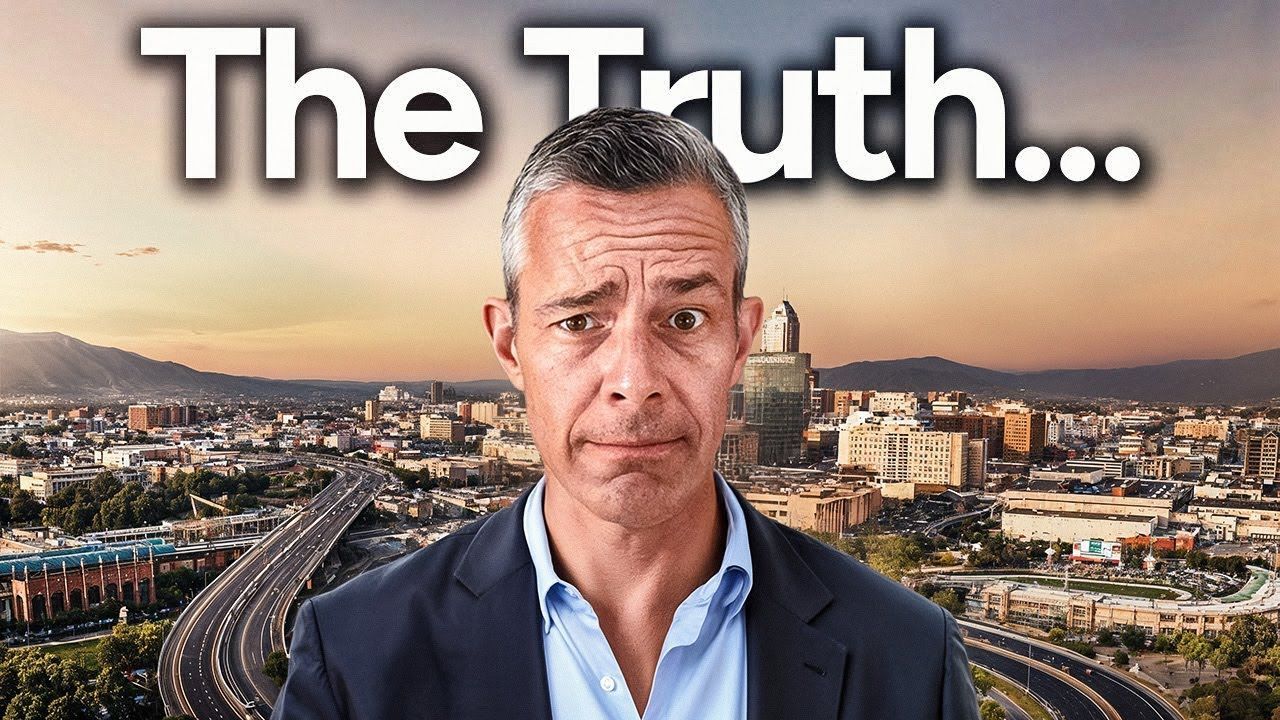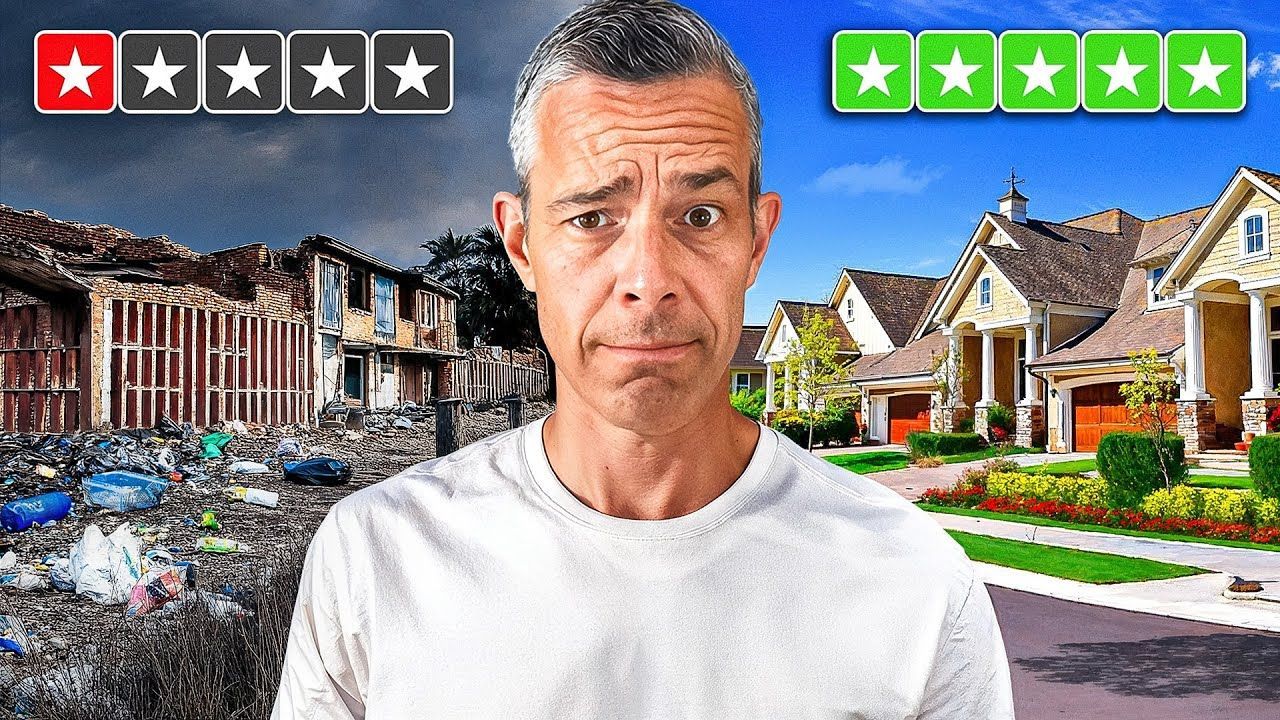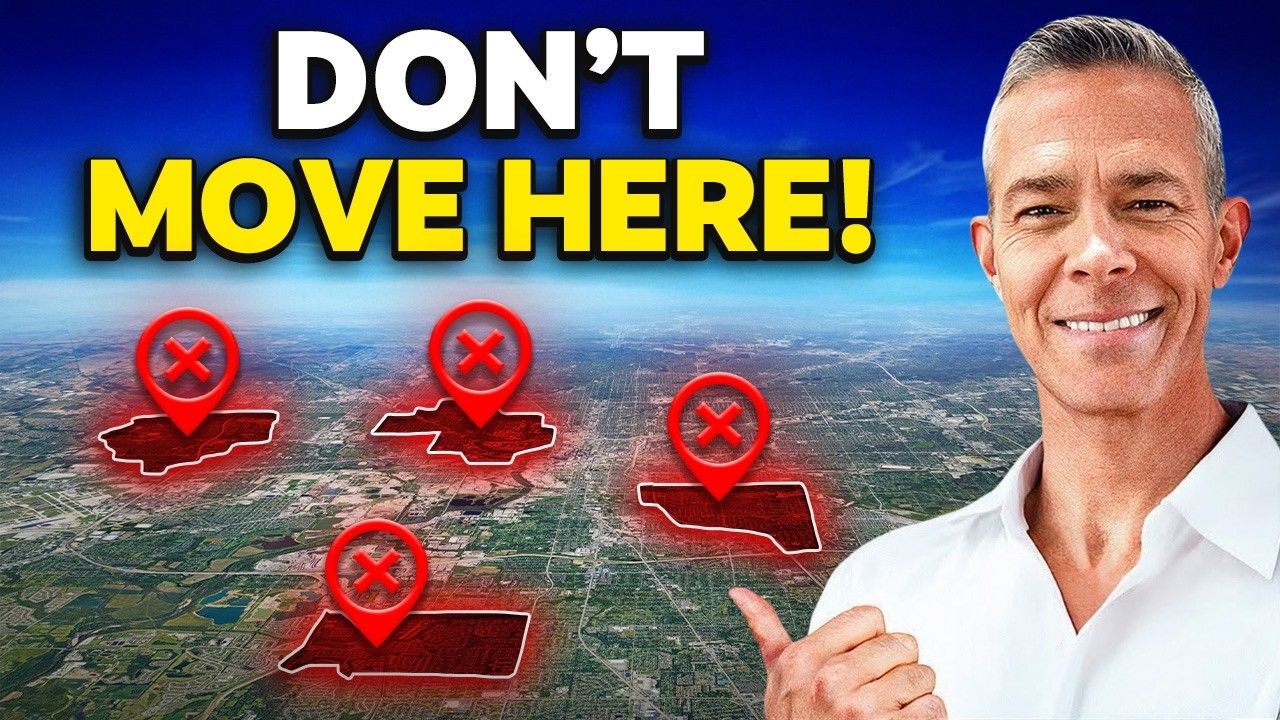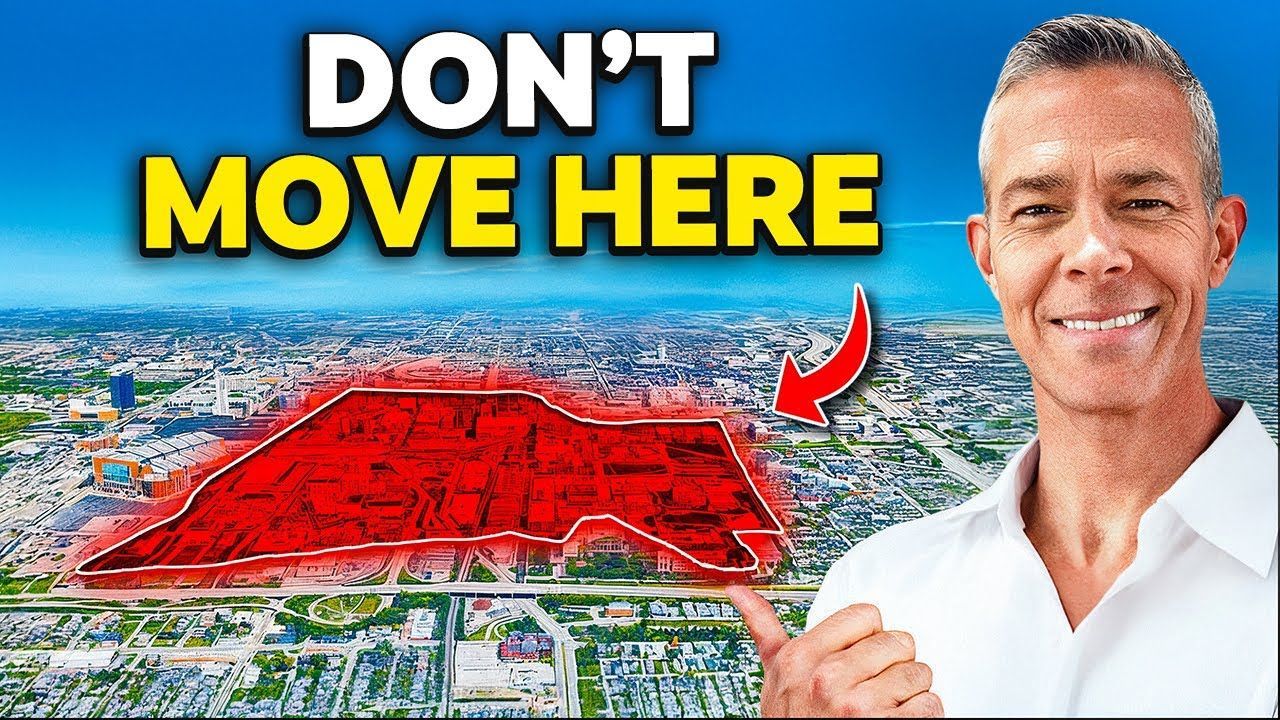The REAL Reasons Indianapolis is The #1 CITY in America
-
- The Idle: A Tiny Park Off The Highways
- The Ruins At Holliday Park
- Tomlinson Hall Catacombs: Beneath The Old City Market
- Indianapolis Cultural Trail: Connectivity And Art
- Brunch Culture in Indianapolis: Creative Breakfasts And Neighborhood Rituals
- Music And Theater: Small Venues With Big Soul
- New Fields And Annual Traditions
- St. Elmo Steakhouse And Local Classics
- Indiana Medical History Museum: A Time Capsule
- Allison Mansion And The Sunken Gardens
- Affordable Fun: Things To Do in Indianapolis Under $10
- Neighborhood Rebirths: Industrial To Community Spaces
- Why People Love Living In Indianapolis
- Frequently Asked Questions About Indianapolis
If you think Indiana is only cornfields and race cars, you are at least 20 years behind the story. Living in Indianapolis today is about unexpected pockets of culture, clever reuse of forgotten spaces, and a steady stream of local rituals that give the city real personality. As someone who has lived here for decades and helped countless families and relocators make Indianapolis home, I want to walk you through the little things that collectively make living in Indianapolis feel different, lively, and worth celebrating year after year.
The Idle: A Tiny Park Off The Highways
One of my favorite small surprises when living in Indianapolis is The Idle. On paper it sounds odd: a tiny green space tucked inside a knot of interstates. But once you park and follow the short pathway, you find a quiet overlook of the skyline and some reclaimed history sitting on benches salvaged from old Bush Stadium.
What makes The Idle emblematic of life here is how the city takes overlooked spaces and turns them into character. It sits between Fountain Square and Fletcher Place, right off the cultural trail, so it functions as a pause point when you are exploring neighborhoods on foot or by bike. There is no big programming or flashy marketing around it. Instead, locals treat it as a small ritual: sit down, look at the city, and appreciate the odd placement of a bench in the middle of busy ramps and roaring traffic.
When people ask what makes living in Indianapolis different from other Midwestern cities, I point to places like The Idle. Those tiny, unexpected moments add up and give residents countless ways to feel connected to place without having to travel far.
The Ruins At Holliday Park
Holliday Park is one of Indianapolis’ municipal gems—a classic city park with playgrounds, a nature center, trails, and plenty of open space. But walk near the entrance and you might do a double take: there are dramatic stone facades that look like the remains of a European building. They feel out of place in a Hoosier nature park for a reason they are literally transplanted history.
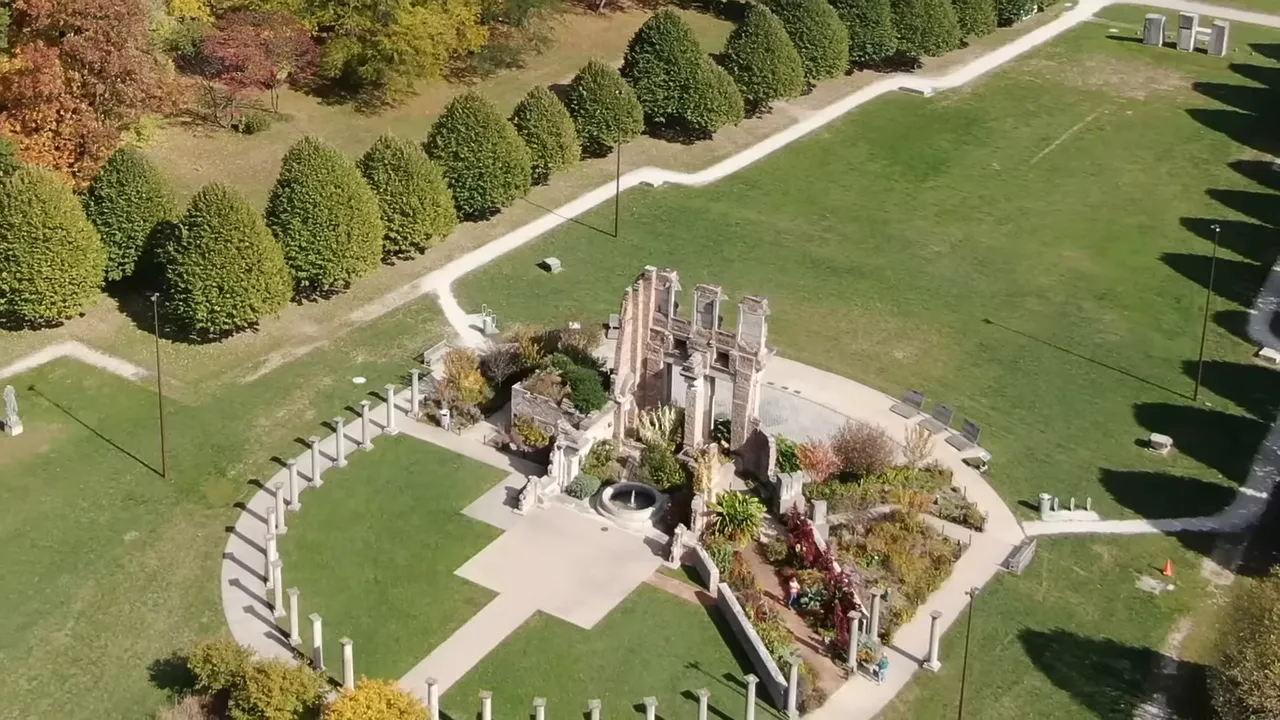
The ruins are not actually ruins from the Midwest. They are salvaged architectural pieces from the St. Paul Building, a New York City skyscraper from the late 1800s. Segments of its facade were moved and reassembled at Holliday Park, creating a dramatic open-air amphitheater and seating area that hosts Rock the Ruins, a summer concert series that draws thousands. The juxtaposition—historic stonework and midwestern green space—captures the creative way Indy weaves culture into everyday life.
If you are living in Indianapolis and want a local cultural experience without the downtown bustle, Rock the Ruins is one of those summer nights that feels both small town and sophisticated in equal measure.
Tomlinson Hall Catacombs
Beneath the old City Market sits a piece of the city many visitors never see: the Tomlinson Hall catacombs. Built in the 1880s, these underground arches were originally used to store and move goods. They helped support the structure above, and though a fire destroyed much of Tomlinson Hall in the 1950s, those catacombs remain.
Today the catacombs are a compelling urban relic. Tours and occasional events bring them back to life, and when you stand in that vaulted space, the scale of the city feels larger and deeper. For anyone living in Indianapolis who enjoys a dose of local history, the catacombs are a quiet way to experience the layers of the city that lie beyond the street level.
Indianapolis Cultural Trail: Connectivity And Art
One of the things that sets living in Indianapolis apart is how the city ties cultural districts together with the Indianapolis Cultural Trail. This is not just a bike path. It is a protected, multiuse corridor that links neighborhoods, museums, restaurants, and green spaces—Fletcher Place, Fountain Square, White River State Park, the downtown skyline and more.
Walking or biking the trail you will pass murals, sculptures, and pocket plazas that showcase local artists. The trail creates real walkability and makes it practical to visit several neighborhoods without getting back in your car. For people considering living in Indianapolis, this connectivity is a huge plus: it turns separate districts into a cohesive urban fabric and makes it easy to craft your own days with food, art, and outdoor time all within comfortable reach.
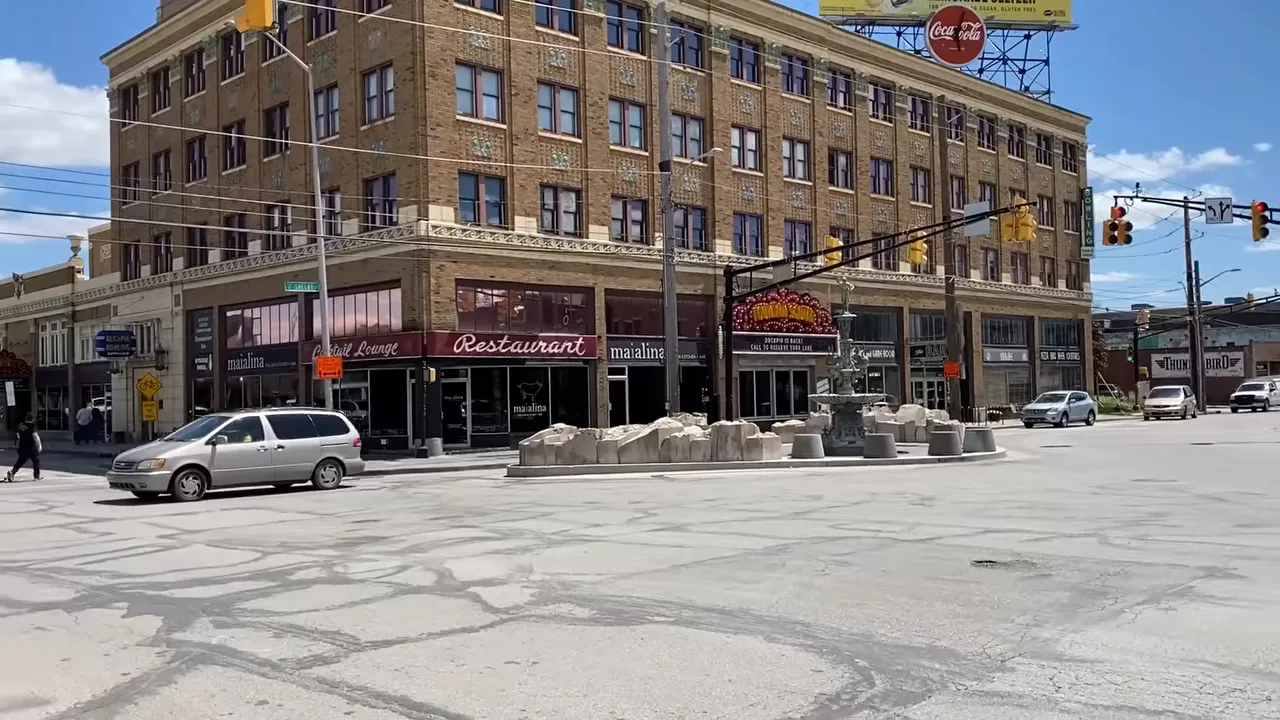
Brunch Culture in Indianapolis: Creative Breakfasts And Neighborhood Rituals
Midwestern cities are often known for steaks and comfort food, and Indianapolis has its share of steakhouses. But over the past decade the brunch scene here has exploded into something creative and distinctly local. Places like Milktooth, Good Morning Mama’s and Love Handle have become ritual stops for residents, not just weekend visitors.
Milktooth, for example, sits in a converted, unconventional building and offers menus that win awards for creativity. These are the kinds of restaurants you go to when living in Indianapolis and looking for something outside standard breakfast fare. Think inventive twists, creative cocktails, and spaces converted from old warehouses and service stations. Brunch here is as much about the social ritual as the food: meet friends, linger over coffee, and then walk the nearby streets or hit the cultural trail.
Music And Theater: Small Venues With Big Soul
Yes, Indianapolis hosts major headliners at Lucas Oil Stadium and Gainbridge Fieldhouse, but much of the city’s musical heartbeat is found in intimate venues. The Old National Centre, with its Mirage Theater and Egyptian Room, offers memorable shows in a historic theater setting. Fountain Square and Broad Ripple are small-club meccas with places like Radio Radio and the Jazz Kitchen creating vibrant, personal concert experiences.
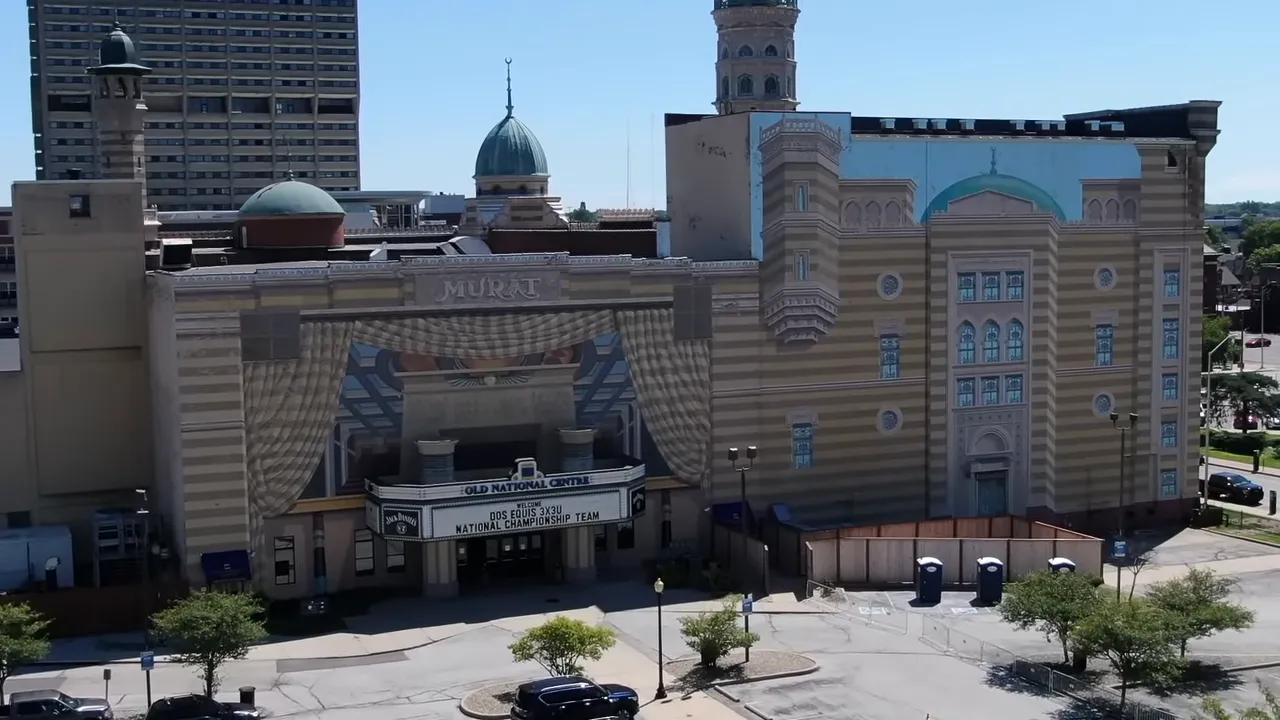
For people living in Indianapolis who prioritize live music and theater, these small venues matter a lot. They are easy to get to, feel intimate, and often host both local acts and touring performers who prefer a closer audience. The city’s theater scene is also strong, with companies like Indiana Repertory Theatre and Hilbert Circle Theatre offering professional stage productions year-round. Together, smaller venues and established theaters give Indy a rich calendar of performing arts.
New Fields And Annual Traditions
New Fields, the campus for the Indianapolis Museum of Art, is one of the city’s signature cultural spaces. Set along the White River, it provides a sprawling landscape of exhibits, gardens, and seasonal programming. The Penrod Art Fair in autumn is a ritual many locals attend every year. It’s a sprawling celebration of art, food, and performance, with vendors and artists filling the grounds.
Another local highlight is New Fields’ holiday programming. The nighttime Harvest Nights and elaborate Halloween displays are immersive and often described as unlike anything else in the country. For families or anyone living in Indianapolis who appreciates a strong sense of seasonal tradition, New Fields’ programming provides memorable yearly experiences and an easy way to connect with neighbors.
St. Elmo Steakhouse And Local Classics
Certain restaurants become part of a city’s identity, and St. Elmo Steakhouse is one of those places for Indianapolis. Known for dramatic shrimp cocktail with a famously fiery cocktail sauce, St. Elmo is a classic Indy dining experience. But it also has lesser-known local rituals: the Elmo cola, a bourbon and cherry infused bourbon mixed with Coke, is a specialty that many locals swear by.
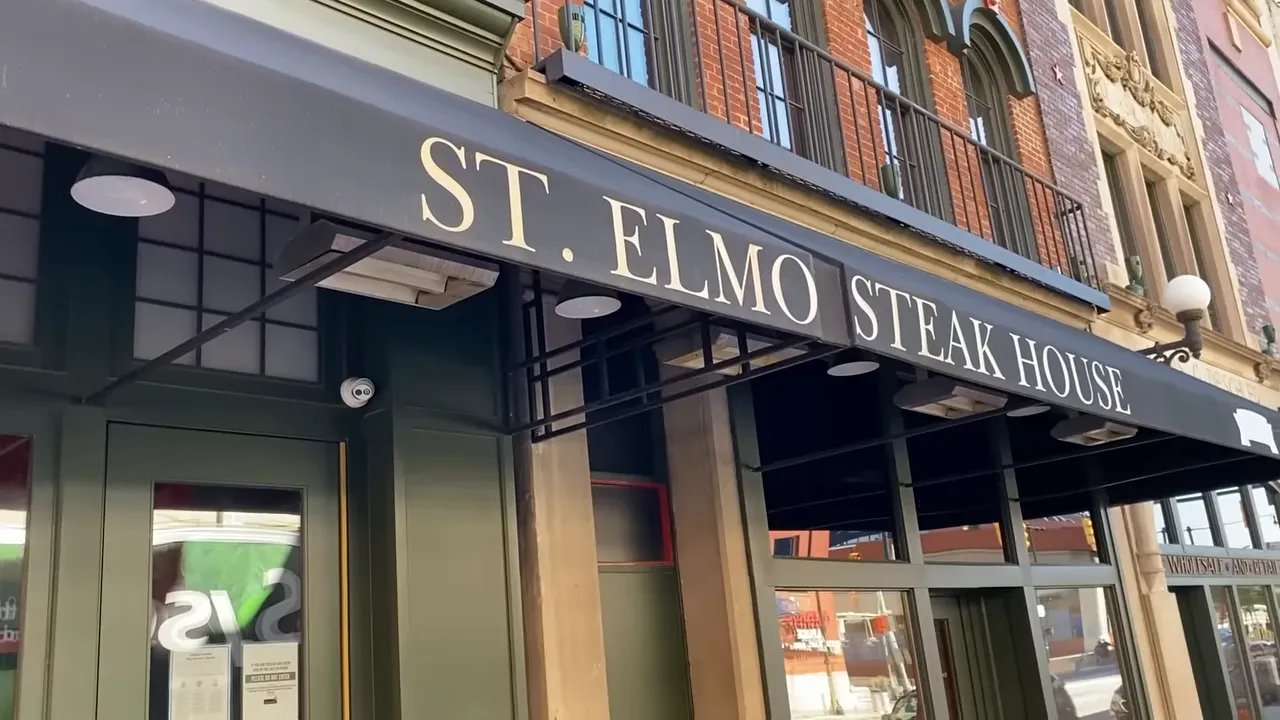
When you are living in Indianapolis, St. Elmo is more than a place to eat—it’s a rite of passage for visitors and a regular treat for residents. The bar is lively even without a dinner reservation, and sampling both the shrimp cocktail and an Elmo cola in the bar can feel like a cinematic local moment.
Indiana Medical History Museum: A Time Capsule
For those who like a little eerie and a lot of curious history, the Indiana Medical History Museum is a unique stop. Housed in what used to be the pathology lab for Central State Hospital, the museum preserves the 1896 autopsy amphitheater and original equipment.
The museum is essentially frozen in time, making it a compelling experience for anyone living in Indianapolis who appreciates offbeat local history. The exhibits cover psychiatry, forensics, and the history of medical science. It is a small, specialized museum, but the kind of local treasure that makes living in Indianapolis feel layered and surprising.
Allison Mansion And The Sunken Gardens
Hidden on the campus of Marian University is Allison Mansion and the Sunken Gardens. Built in the early 1900s by auto industry figure James Allison, the mansion is an elegant architectural gem tucked into the campus. Many Indianapolis residents do not even realize it exists until they visit.
The sense of discovering a hidden stately home inside a college campus is exactly the kind of secret that keeps life in Indianapolis interesting. The mansion occasionally opens for tours, weddings, and university events, and the Sunken Gardens provide a quiet, photogenic spot ideal for a stroll or a small celebration. Moments like these are why living in Indianapolis feels like living in a place where history pops up in unexpected corners.
Affordable Fun: Things To Do in Indianapolis Under $10
A common concern when moving to a city is cost. One of the most pleasant surprises about living in Indianapolis is how many fun activities cost next to nothing. From community pools and splash pads to carousels and biking trails, there are lots of options that won’t break the bank.
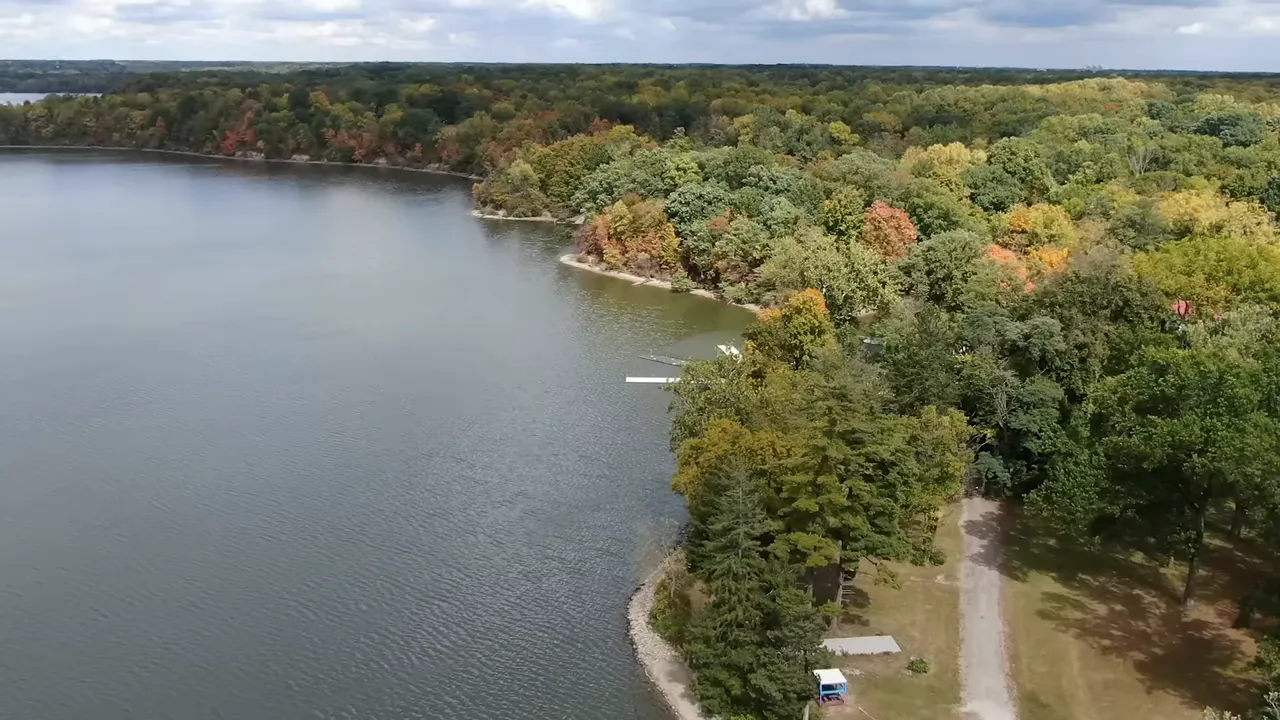
Eagle Creek Park is a standout example. It is one of the largest municipal parks in the country with trails, a reservoir for sailing and rowing, and open roads ideal for cycling or running. While vehicle entry may be a few dollars, walking or biking in can be nearly free. The Pacers bike share lets you hop on a bike and ride the cultural trail affordably, and nearby towns like Noblesville have low-cost attractions like Forest Park’s carousel.
If you want to enjoy living in Indianapolis without spending a fortune, you can easily build a weekend of activities for under ten dollars per person. It is one of the reasons people find daily life here manageable and enjoyable.
Neighborhood Rebirths: Industrial To Community Spaces
Across Indianapolis you will find old industrial zones being converted into creative community hubs. Warehouses become breweries, studios, and coffee shops. Neighborhoods like Windsor Park, Fletcher Place, and Fountain Square have seen transformations that mix new energy with historical character.
Walking these neighborhoods gives you a sense of momentum—local breweries like Centerpoint, coffee shops, art studios, and small restaurants all contribute to a grassroots urban revival. The Monon Trail and cultural trail act as arteries through these districts, making it easy to travel from one pocket of activity to another.
When you are living in Indianapolis, that rebirth is tangible. You can watch neighborhoods evolve while still enjoying lower living costs compared to many other metros. That combination—affordability and rapid cultural growth—is a major reason many call Indianapolis the number one city in America.
Why People Love Living In Indianapolis
There is no single reason everyone loves living in Indianapolis. It is a mixture of things: affordability, sports and big events, and the little local rituals that stitch neighborhoods together. But the most powerful factor is the way Indianapolis repurposes the ordinary into something memorable.
Small spaces turned into parks, facades moved from another city to become a concert amphitheater, catacombs beneath a market, and a thriving brunch scene inside converted gas stations—all of it adds up. When you combine that with strong community events like the Penrod Art Fair and New Fields’ seasonal programming, you get a city that feels both rooted and constantly reinvented.
If you are considering a move, living in Indianapolis offers a city that is walkable, culturally layered, affordable, and increasingly vibrant. It is a place where you can enjoy big-city amenities without a big-city cost, and where local quirks make every weekend feel like an opportunity to discover something new.
VIEW HOMES FOR SALE IN INDIANAPOLIS
Frequently Asked Questions About Indianapolis
Is Indianapolis a good place for families to live?
Yes. Indianapolis offers family-friendly parks, museums, community pools, and a strong assortment of schools. Neighborhoods like Fishers, Carmel, and parts of Indianapolis proper have excellent resources for families and outdoor activities that make living in Indianapolis attractive for parents.
How expensive is living in Indianapolis compared to other U.S. cities?
Living in Indianapolis is generally more affordable than many coastal metros. Housing costs, groceries, and entertainment are often lower, while access to cultural amenities remains strong. This makes it a compelling option for people looking to get more value from their housing dollars.
What neighborhoods are best for walkability and local restaurants?
Neighborhoods like Fletcher Place, Fountain Square, Broad Ripple, and downtown Indy offer walkable streets and strong dining scenes. The cultural trail links many of these areas, making it easy to walk or bike between restaurants, shops, and parks.
Are there many outdoor recreation options in Indianapolis?
Yes. Eagle Creek Park, White River State Park, and the Monon Trail provide extensive outdoor recreation choices, including hiking, biking, boating, and nature watching. The city’s park system includes many neighborhood parks and community pools as well.
Is the public transportation system sufficient for daily commuting?
Indianapolis has bus services and growing micro-mobility options like bike share and scooters. However, many residents still rely on cars for daily commuting, especially if they live in suburbs. The city’s design prioritizes driving in many areas, though downtown and some neighborhoods are more transit-friendly.
What are some unique cultural events I should check out when living in Indianapolis?
Penrod Art Fair, the Indianapolis 500 (even if you are not a racing fan, the community celebration is huge), New Fields’ holiday and Halloween events, and local concert series like Rock the Ruins are standout traditions. Each neighborhood also hosts festivals that showcase food, art, and music.
Can I enjoy living in Indianapolis on a modest budget?
Absolutely. Many attractions are low cost or free, parks offer affordable recreation, and local festivals often have low ticket prices. Dining and entertainment options cover a wide price range, so you can customize your lifestyle according to your budget.
How quickly are neighborhoods changing in Indianapolis?
Some neighborhoods are undergoing rapid transformation, especially former industrial areas that are becoming community hubs with breweries, studios, and restaurants. The pace varies by neighborhood, but the overall trend is toward revitalization and increased investment.
Where can I find resources if I am thinking about relocating to Indianapolis?
Local real estate professionals, neighborhood guides, and online relocation resources provide good starting points. Visiting neighborhoods, walking the cultural trail, and attending local events will help you get a feel for the city before committing to a move.
Living in Indianapolis is about combining practical advantages with a string of delightful surprises. Whether your draw is parks and trails, a growing food scene, historic curiosities, or affordable living, Indianapolis offers a balance that feels intentional. It is a city that honors its history while creatively reinventing its future, and those small hidden gems are what make living in Indianapolis genuinely special.
If you are exploring the possibility of moving here, take time to walk neighborhoods, ride the cultural trail, and check out a local brunch spot or small venue. You will start to understand why people who choose living in Indianapolis tend to stay—and why so many newcomers quickly call it home.
Read More: Indianapolis Expert Reveals the Ultimate Way of Exploring The City
jason compton
A former teacher turned full-time real estate agent serving Greater Indianapolis. I help buyers, sellers, and relocation clients make informed moves—especially those coming from out of state. From neighborhood insights to home tours, my goal is to simplify the process and help you feel confident in every step.
Stay Informed
Insights, Tips & Life in Indianapolis
Your go-to resource for all things real estate and Indy living. Whether you're buying, selling, relocating, or just curious about the local market, our blog is packed with helpful articles, expert advice, and community highlights to keep you informed and inspired.
